Have you ever wondered if it’s possible to prevent and even reverse heart disease with your diet?
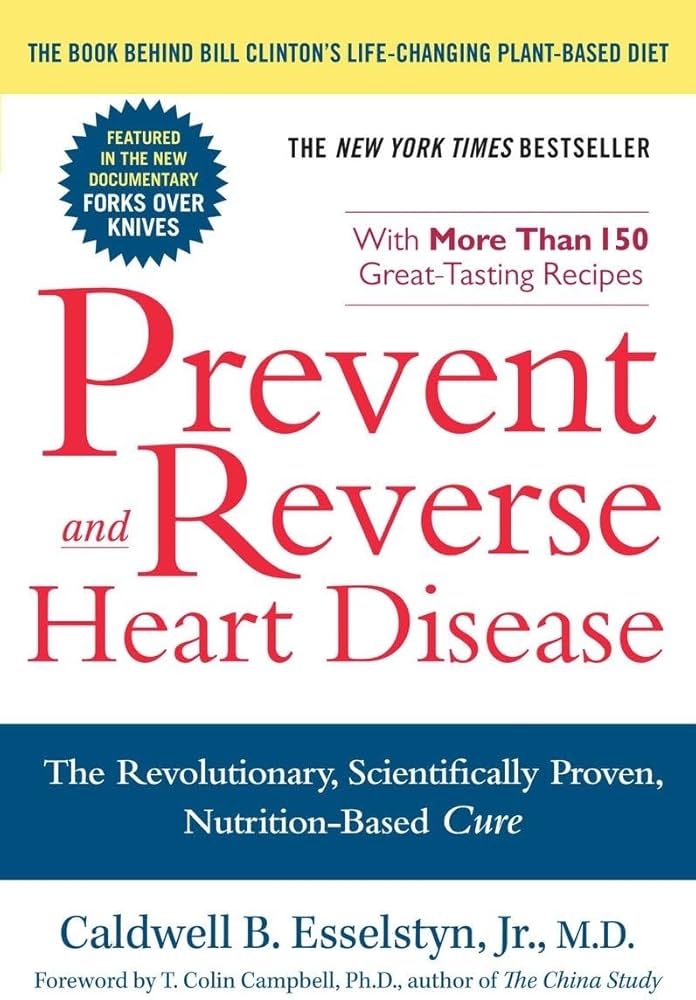
This image is property of Amazon.com.
Understanding Heart Disease
Heart disease remains the leading cause of death worldwide, affecting millions of people. It encompasses various conditions that impact the heart’s functionality, including coronary artery disease, heart attacks, and arrhythmias. By changing your lifestyle and dietary habits, you may have more control than you think over your heart health.
What Causes Heart Disease?
Heart disease is often caused by a buildup of fatty deposits in the arteries, leading to blockages. Factors that contribute to this include high cholesterol, high blood pressure, obesity, and diabetes. Lifestyle choices such as smoking, sedentary behavior, and poor dietary habits play significant roles as well.
It’s important to recognize risk factors that could lead to heart disease and understand how they interact with each other. For instance, a poor diet may lead to obesity, which in turn can result in high cholesterol and high blood pressure.
Dr. Caldwell Esselstyn: A Pioneer in Heart Disease Prevention
Dr. Caldwell Esselstyn is a renowned physician who specializes in nutrition and its relation to heart health. He is best known for his research and advocacy for a plant-based diet as a means to prevent and reverse heart disease. His groundbreaking approach offers a glimmer of hope for those affected by heart conditions.
The Plant-Based Philosophy
Dr. Esselstyn advocates a whole-food, plant-based diet that avoids all animal products and highly processed foods. This approach is based on the belief that a diet rich in fruits, vegetables, grains, and legumes can significantly lower cholesterol levels and reverse artery blockages.
By focusing on whole foods, you not only nourish your body with the essentials but also reduce the harmful effects associated with processed foods and animal products.
Key Principles of Esselstyn’s Approach
-
Elimination of Animal Products: This means no meat, dairy, or eggs. The idea is to rid your body of cholesterol and saturated fats, which are often abundant in these foods.
-
Whole Foods Focus: Emphasizing minimally processed foods ensures you are getting essential nutrients without added sugars, salt, or unhealthy fats.
-
High Fiber Intake: Foods like fruits, vegetables, legumes, and whole grains are high in fiber, which can help lower cholesterol and improve heart health.
-
Mindful Eating Practices: It’s not just about what you eat; how you eat matters too. Being conscious of your meals can help you enjoy the process of nourishing your body.
Implementing Esselstyn’s Guidelines
If you’re considering adopting Dr. Esselstyn’s diet, you might wonder where to begin. Transitioning to a whole-food, plant-based diet can be seamless with a bit of planning and creativity. Here’s how to get started:
Assessing Your Current Diet
Take a moment to reflect on what you’re currently eating. Keep a food diary for a week and note down everything you consume. This will help identify areas for improvement and make the transition easier.
Making Gradual Changes
You don’t have to make drastic changes overnight. Begin by swapping out one animal product at a time with a plant-based alternative. For instance, if you enjoy dairy milk, try almond or oat milk instead. Over time, you’ll find you’ll naturally gravitate towards healthier options.
Stocking Your Kitchen
When switching to a plant-based lifestyle, it’s crucial to stock your kitchen with the right foods. Here’s a helpful list:
| Food Category | Some Recommended Choices |
|---|---|
| Fruits | Apples, bananas, berries, oranges |
| Vegetables | Kale, spinach, broccoli, carrots |
| Whole Grains | Brown rice, quinoa, whole wheat bread |
| Legumes | Lentils, chickpeas, black beans |
| Nuts and Seeds | Almonds, flaxseeds, chia seeds |
By keeping your kitchen stocked with these options, you’ll always have a wealth of nutritious ingredients at hand to whip up delicious meals.
Recipes to Get You Started
-
Breakfast Smoothie
A great way to start your day is with a nutrient-packed smoothie. Blend together a banana, a handful of spinach, a tablespoon of flaxseeds, and almond milk for a refreshing drink that empowers your heart health.
-
Quinoa Salad
Prepare a delicious quinoa salad by mixing cooked quinoa with cherry tomatoes, diced cucumbers, red onion, and a simple lemon-olive oil vinaigrette. This dish is filled with protein, fiber, and healthy fats.
-
Lentil Soup
Lentil soup is both comforting and nutritious. Cook lentils with diced carrots, celery, and onions in vegetable broth until tender. Season with spices like cumin and garlic for added flavor.
-
Chickpea Stir-fry
A quick stir-fry can be made with chickpeas, bell peppers, and snap peas. Sauté them in a bit of vegetable broth, and serve over brown rice for a filling meal.
Incorporating these meals into your weekly menu is an enjoyable way to experience all the benefits of a heart-healthy diet.
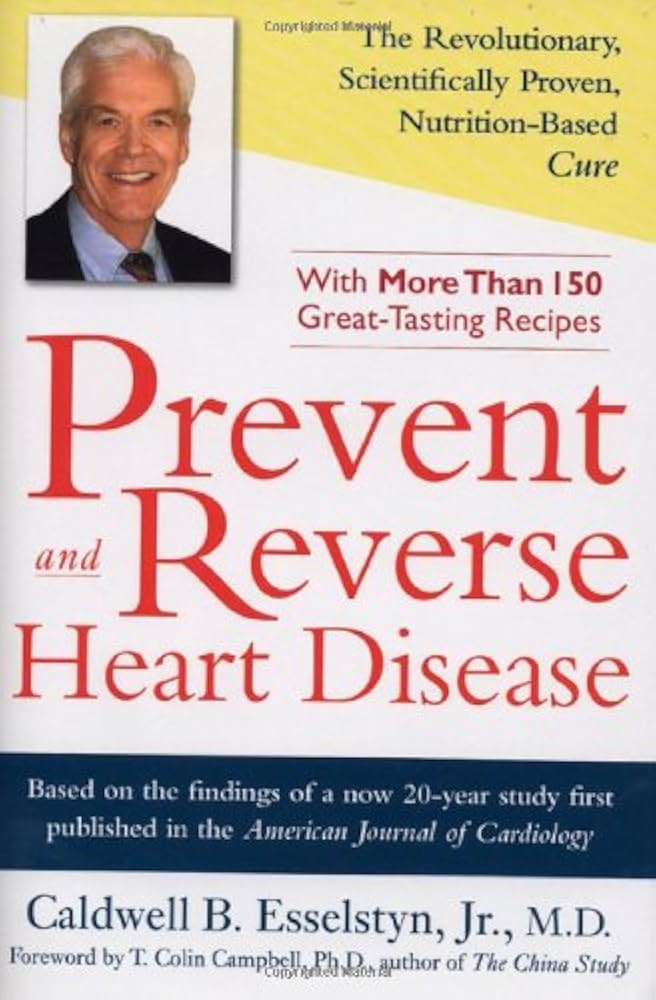
This image is property of Amazon.com.
The Importance of Regular Exercise
Aside from diet, a crucial component to maintaining a healthy heart is physical activity. Engaging in regular exercise can greatly enhance your cardiovascular health and work in tandem with dietary changes.
Types of Recommended Exercises
-
Aerobic Exercise: Activities such as walking, running, swimming, or cycling can boost your heart rate and improve your cardiovascular endurance.
-
Strength Training: Incorporating resistance exercises can help build muscle mass and improve overall metabolic health.
-
Flexibility and Balance Exercises: Don’t overlook the importance of incorporating yoga or stretching into your routine for overall well-being.
Creating Your Routine
Aim for at least 150 minutes of moderate-intensity aerobic exercise per week. This may sound daunting at first, but breaking it down into smaller segments makes it manageable.
You could go for brisk walks 30 minutes a day, five times a week, and include two days of strength training. Start slow and gradually increase intensity as you become stronger.
The Role of Support
Transitioning to a plant-based, heart-healthy lifestyle can feel overwhelming at times, and that’s okay. Having support from friends, family, or even online communities can make the process easier and more enjoyable.
Finding Accountability
Consider engaging a friend who is also interested in improving their heart health. You could join together in meal prep, workout sessions, or even attend cooking classes focused on plant-based cuisine.
Alternatively, online forums and social media groups dedicated to heart health can provide a source of inspiration as well as practical tips and advice.
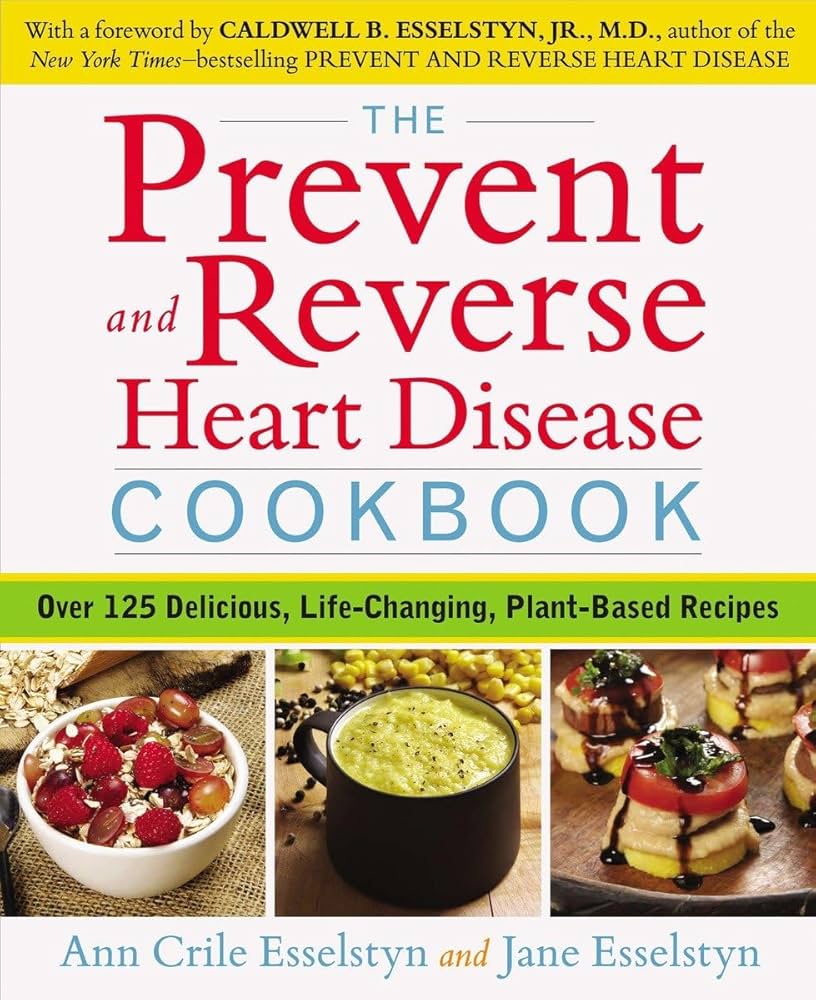
This image is property of Amazon.com.
Overcoming Challenges
Change is never easy, and it’s natural to face obstacles along the way. Here are some common challenges you might encounter and suggestions to overcome them.
Cravings for Animal Products
Cravings can be challenging, especially if you’ve relied heavily on certain foods in the past. It’s helpful to have suitable alternatives on hand. Experiment with plant-based recipes that replicate your favorite flavors.
Eating Out and Social Gatherings
Dining out can feel tricky when sticking to a new diet. Take a moment to research restaurant menus before you go. Many places offer vegetarian or vegan options. If you’re attending a gathering, consider bringing a dish to share that aligns with your dietary preferences.
Maintaining Motivation
Staying motivated requires effort, and it’s normal to have ups and downs. Setting achievable goals can help keep your spirits high. Celebrate small victories—whether it’s mastering a new recipe or completing your workout for the week.
Monitoring Your Progress
Tracking your progress is essential in understanding how dietary changes and lifestyle modifications impact your health. Regular check-ups with your healthcare provider can help monitor heart health markers, such as cholesterol levels and blood pressure.
Keeping a Journal
Consider keeping a food and exercise journal. Document your meals, physical activities, and how you feel emotionally and physically. Over time, this can serve as a powerful tool for insight into how far you’ve come.
Regular Health Screenings
Work closely with your healthcare provider to schedule regular health screenings. These check-ups can help you stay informed about your heart health and allow you to adjust your plan as needed.
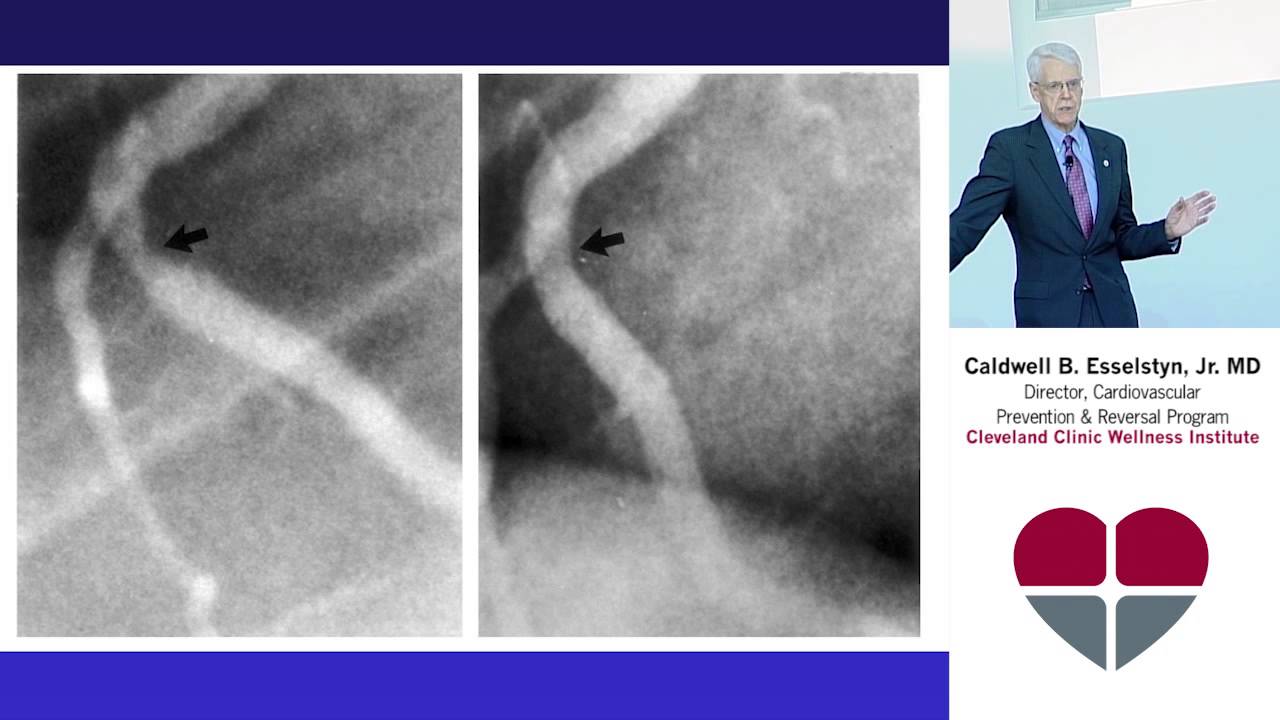
This image is property of i.ytimg.com.
The Ripple Effect of Change
When you adopt a heart-healthy lifestyle, it often has a ripple effect on those around you. As you start to feel better physically, your positivity may inspire family and friends to join you on this journey.
Advocating for Health
Share your experiences and knowledge with others. You never know who might benefit from what you’ve learned. Whether it’s prepping a meal together, discussing recipe ideas, or inviting friends to join you for a walk or workout, your enthusiasm could spark change in their lives too.
Conclusion
Taking charge of your heart health through diet and lifestyle changes is indeed within your reach. Dr. Esselstyn’s approach has empowered many to prevent and even reverse heart disease, showcasing the importance of nutrition in our overall well-being.
Remember, every small step you take contributes to your health journey. Embrace the transition with patience and an open heart. Your body will thank you, and in turn, you may inspire others to embark on their own transformative paths.
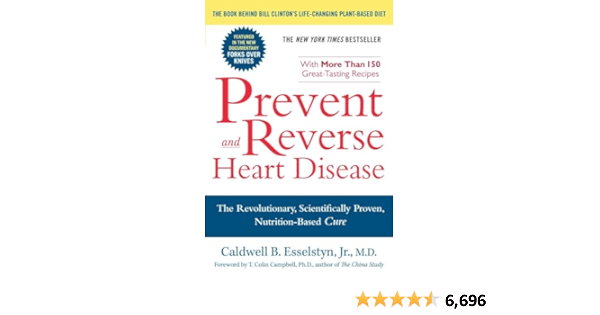
This image is property of Amazon.com.